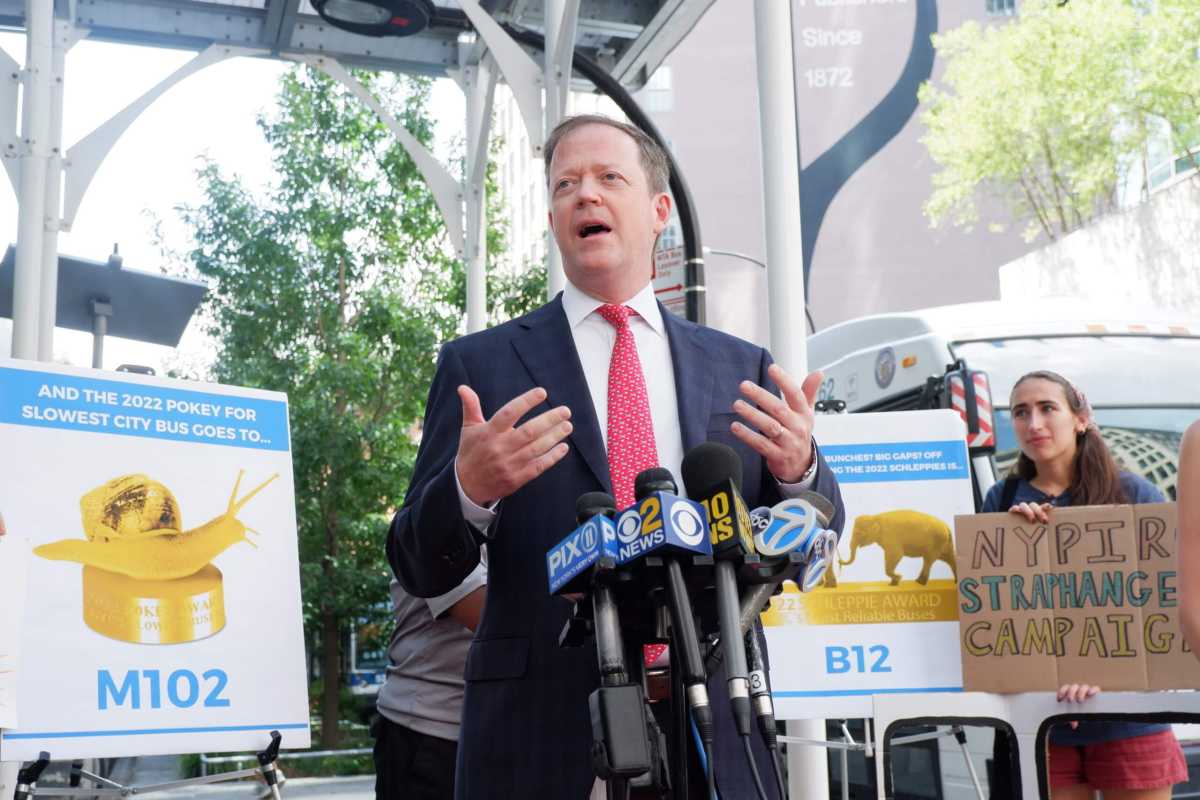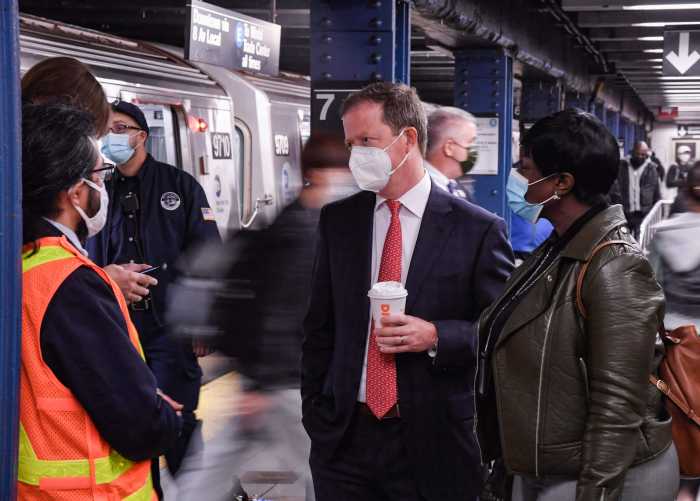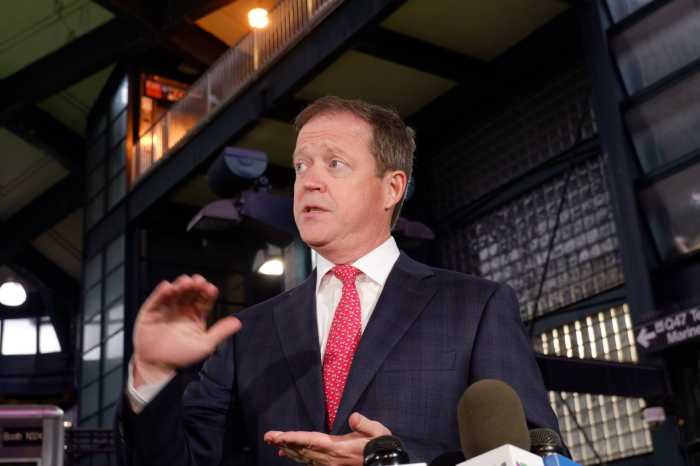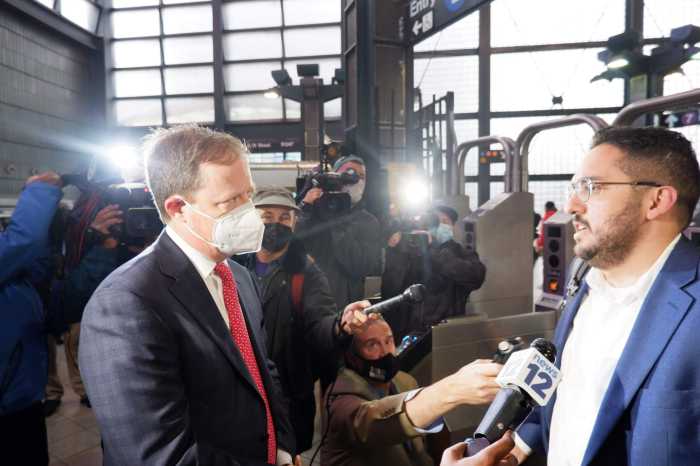Brooklyn, where the bus network moves 650,000 people per weekday, just doesn’t work without buses. If Brooklyn buses were a standalone transit system, it would be the sixth largest in the country on its own. It’s an invaluable asset, but one that’s in need of improvement according to our most recent customer survey.
Enter the Brooklyn Bus Network Redesign Draft Plan, the latest proposal in our borough-by-borough redesign program. We’re redrawing the map with the goal of meeting riders’ priorities: more frequent and reliable service, faster travel, and better connections.
The new Draft Plan proposes to increase frequency during parts of the day on 24 of the 69 local routes. They should look familiar to riders, but most have some type of change: some routes are extended, some shortened; some are realigned to serve other streets or combined with other routes; and some only have proposed stop changes. All were designed by the Brooklyn team using best-in-class redesign strategies to meet the needs of an ever-changing borough.
Census data shows that Brooklyn’s population has grown by more than five percent since 2010, and more than half of all households do not own a car. These residents need strong public transit to get around, and in many areas, the only option is buses. They are the true engines of equity in our City, disproportionately serving seniors, people with disabilities, working-class neighborhoods, and communities of color. By investing in the bus network, we’re advancing equity for all.
All Brooklynites will have a voice in the redesign. The Draft Plan is exactly that – a draft. We want to hear from riders (and bus operators too!) about what you like and don’t like about the proposal, so we can make adjustments. Public engagement was key to making prior redesigns in Staten Island and the Bronx such a success, and it’s been central to the creation of the Queens Proposed Final Plan, which is due for release next year.
Redesigning the system is just one piece of the puzzle when it comes to improving bus service. We continue to work with the NYC Department of Transportation to add new bus lanes and busways and expand camera enforcement of those corridors to keep private vehicles out. In the last month, we’ve activated cameras on six routes – the S79 SBS, Bx12 SBS, Bx41 SBS, Q43, Q44, and Bx19 – with another three to come by the end of the year, all in Brooklyn (B62, B25, and B42). I’ve even gone out to write bus lane violation tickets myself to make the point that clear paths for buses are essential to reliably moving New Yorkers.
We’re also making strides to deliver on our 2040 goal of a fully zero-emissions fleet. Last month, the MTA received an $8 million grant from the NYS Energy Research and Development Authority (NYSERDA) that will help fund our first-ever deployment of hydrogen fuel cell buses, which are scheduled to enter passenger service by the end of 2024.
It all comes back to Transit’s new motto Faster, Cleaner, Safer. That’s what I’ve been focusing on since I came in as president in the spring, and that’s going to be our North Star in the year ahead.
Richard Davey is MTA New York City Transit president.































